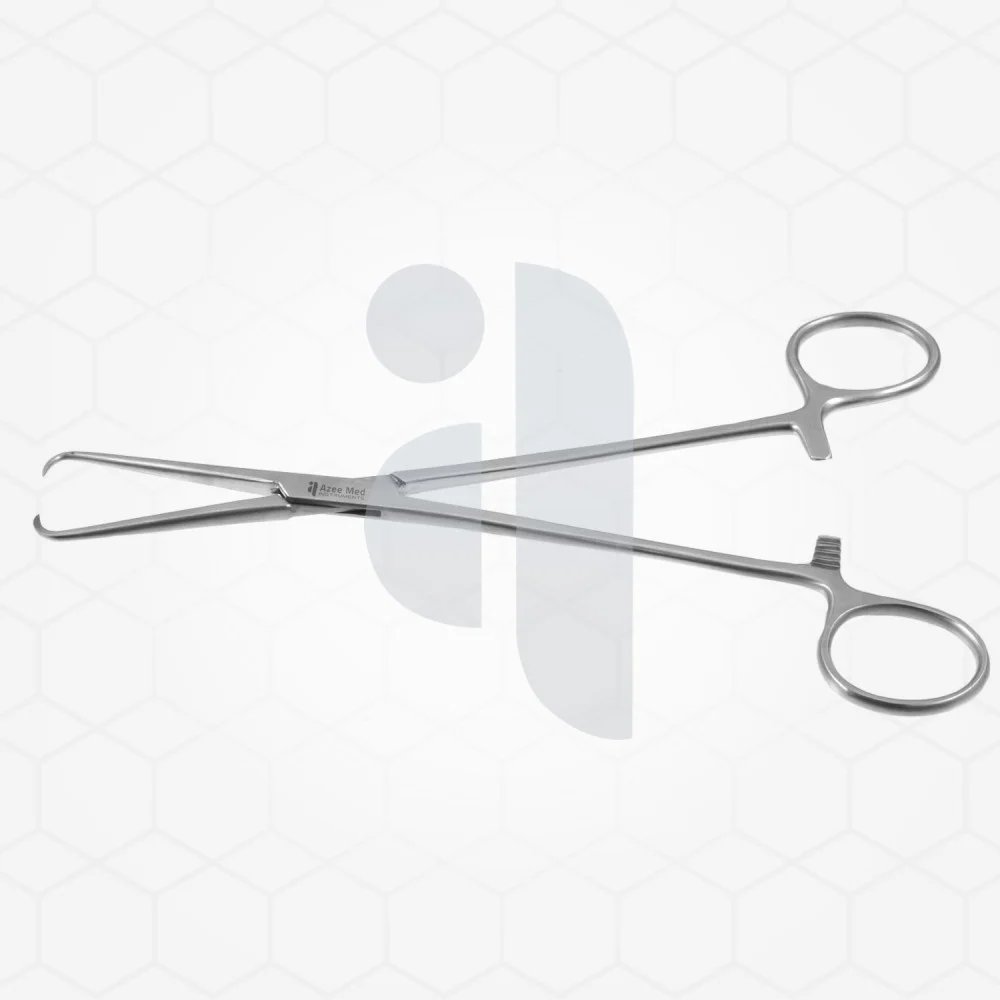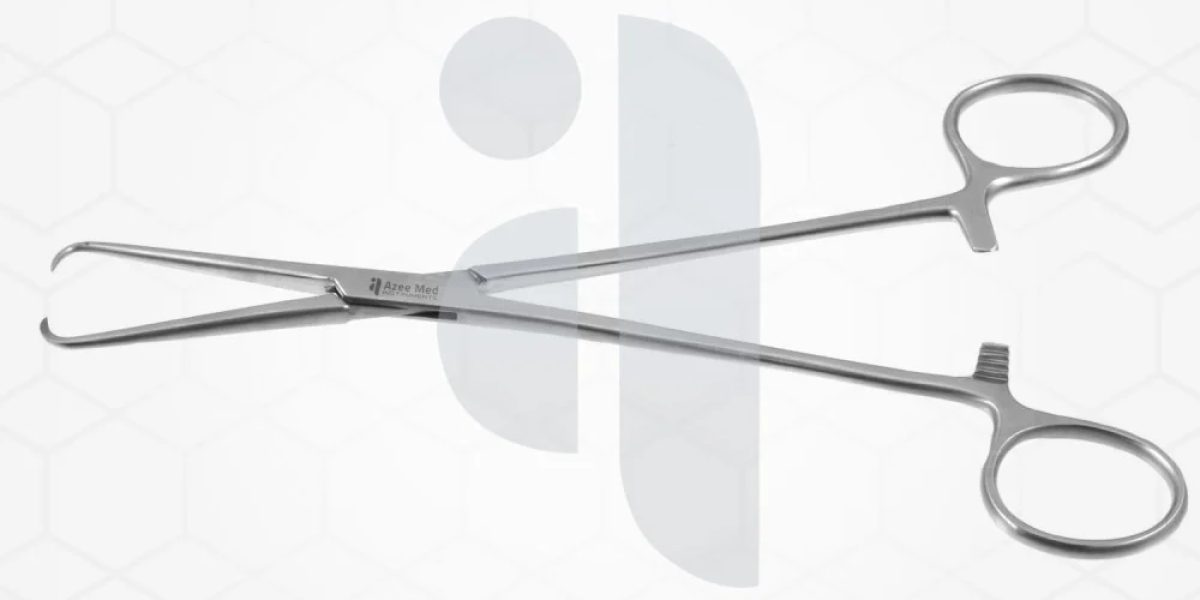
Forceps are indispensable in the realm of medical surgery, functioning as precision instruments designed to grip, hold, or manipulate tissues and objects. These versatile tools are crucial for surgeons, whether they’re performing minor procedures or complex surgeries. Forceps come in various shapes and sizes, catering to different medical applications. Their primary function lies in offering control and precision, ensuring optimal outcomes during surgical operations. From tweezers-like tips to specialized designs, forceps have become an integral part of the surgical toolkit.
Types of Surgical Forceps
There is a diverse range of surgical forceps, each tailored to specific procedures. For instance, certain forceps are designed to clamp arteries and control bleeding, exemplified by the mosquito artery forceps. These tiny yet robust tools are essential in intricate procedures requiring both precision and delicacy. Another category includes dissecting forceps, which are shaped to firmly hold soft tissues without causing unnecessary trauma. Selection of the right type of forceps ensures smooth surgical interventions and improved patient care.
Importance of Forceps in Modern Surgeries
The importance of forceps extends beyond their primary grip-and-hold functionality. They act as extensions of a surgeon’s hands, enabling intricate maneuvers within tight spaces or delicate anatomical areas. Surgeons performing critical neurosurgeries may rely on a combination of tools like the brain knife and specialized micro-forceps to address complex tissue structures. The unique design of surgical forceps allows for better control in handling tissues, significantly reducing the likelihood of unintended injury or complications during surgeries.
Innovations and Advancements in Surgical Forceps
Over time, surgical instruments, including forceps, have evolved to meet the growing demands of modern healthcare. Advanced materials such as stainless steel and titanium are now used in manufacturing forceps to ensure durability and sterility. Furthermore, ergonomic designs are improving the comfort and precision of these instruments. Whether in general surgery, vascular procedures, or neurological interventions, innovations like mosquito artery forceps highlight the ongoing efforts to enhance surgical accuracy and patient outcomes.
Proper Usage and Significance of Training
Using forceps effectively requires meticulous training. Medical professionals must be adept at choosing the appropriate type of forceps for each procedure while mastering their proper handling. Mishandling or using incorrect tools can lead to complications, compromising patient safety. For instance, while the brain knife may be suited for cutting through neural tissues, it cannot replicate the gripping power of mosquito artery forceps during microvascular surgery. Therefore, comprehensive training is vital to achieve the highest standards in surgical care.
The Role of Forceps in Advancing Patient Care
The contribution of forceps to patient care cannot be overstated. By enabling precision, control, and efficiency, these instruments form the backbone of successful surgical procedures. Their ability to perform delicate tasks, from clamping blood vessels to holding tissues securely, ensures smoother recoveries and better overall outcomes. Surgical forceps, alongside other specialized tools like the brain knife, symbolize the strides made in modern medicine to enhance the health and well-being of patients worldwide.
Conclusion
From their diversity in design to their crucial role in surgery, forceps continue to be an essential component of medical practice. Their precision allows surgeons to perform life-saving procedures with confidence and accuracy. Whether it’s the versatile mosquito artery forceps used for controlling blood flow or the dedicated tools for neurological tasks, each type of forceps has a specific, important role. By advancing patient care and supporting the evolving field of surgery, forceps remain a testament to the ingenuity of medical technology.












